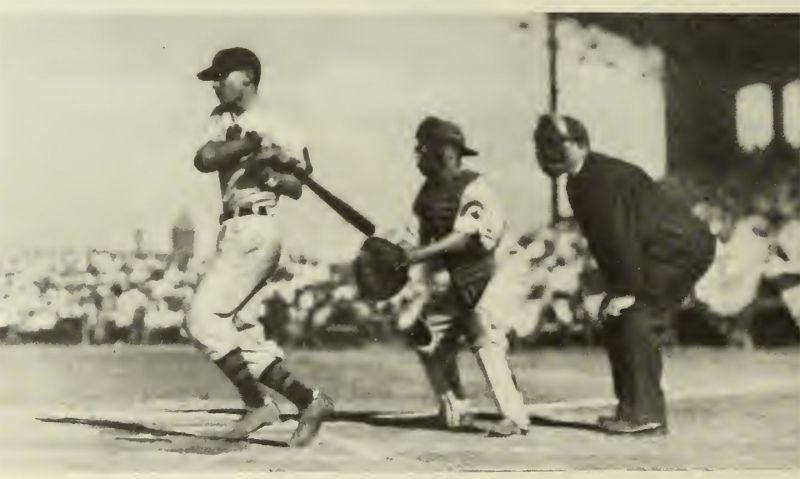
How much of an advantage was homefield in American Legion Baseball before the eight-regional era?
EDITOR’S NOTE: This is the fifth and final in a series of stories looking at the American Legion Baseball playoffs before the switch to the eight-regional format in 1960. Part 1 took a look at the first American Legion World Series in 1926. Part 2 showcased the playoff structure before 1960. Part 3 highlighted some of the individual standout performers before 1960. And Part 4 looked at the most successful states before 1960.
While American Legion Baseball national tournaments have long been hosted by participants in the events, that fact was particularly true in the early days of the event.
From 1926 to 1959, 65 teams played in regional or sectional tournaments that they hosted.
Did "homefield" advantage pay off for those teams?
Five times an eventual ALWS champion came out of regionals and sectionals it hosted. And seven times an eventual ALWS runner-up played in regionals or sectionals it hosted.
A frequent host, New Orleans, hosted regionals in each of the years it won the ALWS — 1932 and 1946. It also hosted the 1937 regional and sectional that helped New Orleans to an eventual ALWS runner-up finish.
The 1932 playoff run saw New Orleans win the regional it hosted before winning a sectional in Omaha, Neb., and the ALWS in Manchester, N.H. In 1946, New Orleans won the regional it hosted, won a sectional in Gastonia, N.C., and the ALWS in Charleston, S.C.
Other eventual ALWS champions that hosted national tournaments in this era were Spartanburg, S.C., in 1936; Yakima, Wash., in 1953; and Cincinnati, Ohio, in 1957.
Spartanburg hosted the sectional, national semifinal and ALWS in its 1936 title year. Yakima hosted a regional in its title year and Cincinnati hosted a regional in 1957 at the home of the Cincinnati Reds, Crosley Field.
Spartanburg's "long" trip in 1936 was to win a sectional played in Charlotte, N.C., which is 78 miles away.
After winning the 1953 regional it hosted, Yakima would travel across the country, first winning a sectional title in Hastings, Neb., before winning the ALWS in Miami, which is 3,179 miles away for Yakima.
And Cincinnati's 1957 title run continued with a sectional in Oshkosh, Wis., and ALWS in Billings, Mont.
Other eventual ALWS runners-up that hosted national tournaments in this era were Springfield, Mass., in 1932 (regional); Trenton, N.J., in 1933 (regional) ; Manchester, N.H., in 1942 (regional and national semifinal); Albemarle, N.C., in 1944 (regional); Gastonia, N.C., in 1954 (regional); and Portland, Ore., in 1957 (regional).
The states who had the best chance of homefield advantage in this era were the Carolinas as North Carolina hosted 25 regionals, 14 sectionals, 2 national semifinals and three ALWS and South Carolina hosted 24 regionals, 15 sectionals, three national semifinals and three ALWS.
States or territories who never hosted an American Legion Baseball national tournament in this era were Alaska, Hawaii and Panama.
- Baseball

